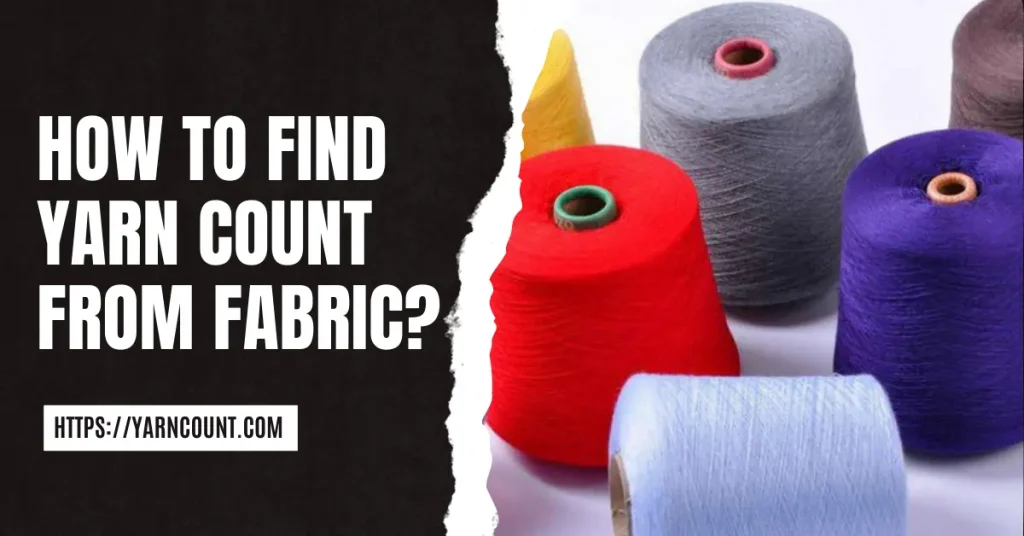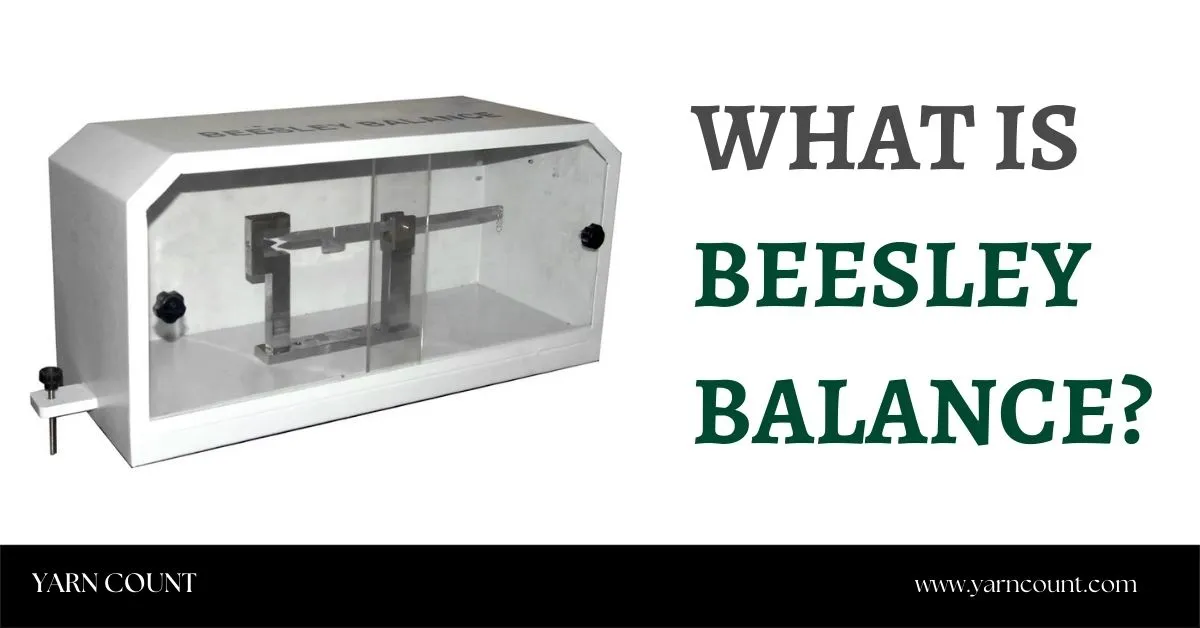Kazi Md. Rashedul Islam
B.Sc-in-Textile Engineering (DUET)
Author & Founder: TextileTrainer.com
Email: Textiletrainer@gmail.com
Table of Contents
What is yarn count?
The “count” of a yarn is a numerical expression that defines its fineness. The Textile Institute gives a definition of yarn count:
“Count a number indicating the mass per unit length or the length per unit mass of yarn. Note: various counting systems using different units of mass and length are in use, so the system used must be stated.”
Measurement of yarn count
There are two methods used to measure yarn count. They are:
- Direct system.
- Indirect system.
1. Direct system:
According to the direct counting system, the yarn count is the weight of a unit length of yarn. The units of weight and length vary from district to district, and trade to trade, a state of affairs that results in a multiplicity of counting systems. To avoid this problem, a general formula is used.
2. Indirect system:
According to the indirect counting system, the yarn count is the unit length per unit weight of yarn. Here again, there are various units of weight and length. Same as the direct counting system, here also used a general formula.

Find yarn count from fabric
When you have a short piece of yarn, determining its count becomes considerably more difficult. You cannot produce a lea or skein of yarn with a specific length of yarn. If you have a very short piece of yarn, say 4 – 5 meters, accurately measuring it becomes challenging. In this article, I will discuss, how to calculate yarn count from fabric swatch. We can measure yarn count from fabric by using two methods. There are:
- By using the instrument ( Beesley Balance)
- Mathematically
1. By using instrument:
We can find yarn count from fabric by using Beesley Balance. When the fabric swatch is small from where it is not possible to make lea, then we used Beesley Balance to find the yarn count. Beesley Balance has a template. By using the template, we can prepare the test specimen. Figure 1 shows the template of Bessley Balance. This template is for Cotton, half cotton ( if the fabric is so small), linen, and worsted wool fabric. Below is the testing procedure for finding yarn count by using Bessley Balance.

- Let’s consider, our sample is cotton fabric.
- At first, we cut the fabric by using the template on the side of the full cotton.
- Now, remove the yarn from the fabric by using a needle.
- In Bessley Balance, there are two types of counterweight. One is a large counterweight for full cotton and the other is a small counterweight for half cotton.

- As we cut the test specimen by using the full cotton template, we will use a large counterweight.
- Keep the large counterweight on the rider of the machine.
- Now, keep the removed thread on the sample hook one by one until the pointer line meets the datum line.
- When the printer meets the datum line, calculate the number of yarn. The number of yarn indicates the yarn count. Example: If the number of 50 yarn meets the datum line, the yarn count is 50s. if the number of yarn 60 meets the datum line, the yarn count is 60s.
2. Find yarn count Mathematically:
To find the yarn count from fabric mathematically, we have to follow the below step.
Step-1: Cutting marks with scissors
At first fabric swatch is cut at two places which is shown in Figure 3. We should keep a large distance between both cut points as much as possible. Now measure the distance by using a scale which is shown in Figure 4.


Step-2: Removethread from swatch
Now, a definite number of threads are removed from the fabric swatch by using a needle. Let’s remove 25 threads from the fabric which is shown in figure-5.

Step-3: Measure the thread length
Now, using a finger, we will straighten this single thread. We should always take caution when straightening the thread. There should be no stretch in the thread while straightening. We should now measure this thread using a measuring scale. Please remember to include this single thread in the thread bundle. Please see figure -6 below.

Step-4: Weight the removed thread
Now, put these threads on the electronic balance and write down how much their weight is. Before you measure weight, don’t forget to check that the balance reads “0.” Shown figure-7

Step-5: Calculation
Here,
Number of threads= 60
Single thread straightened length= 8.2 cm
Weight of 60 thread= 0.15 gm
We know,
Yarn Count = (Number of thread*single thread length*0.59)/(100*weith of thread)
= (60*8.2*0.59)/(100*1.15)
= 19.35
= 20
The Fabric Shrinkage Tester can calculate warp and weft shrinkage. It can also calculate seam twist.
Conclusion:
The count of yarn is a numerical expression that defines the fineness of yarn. The challenging work is to find out the yarn count from the fabric. In this article, I tried to best to present a simple process of finding yarn count from fabric. If you have any questions, let me by comment box.
References
- Booth, J. (2008). Principles of Textile Testing. New Delhi: BS Publishers & Distributors.
- P. Angappan, R. G. (2009). Textile Testing. Tamil Nadu: S.S.M. Institute of Textile Technology.
- Wang, L. C. (2008). Physical and mechanical testing of textiles. In Fabric Testing (pp. 90-124). New York: Woodhead Publishing Limited.
- https://textilelearner.net/yarn-counting-system/


